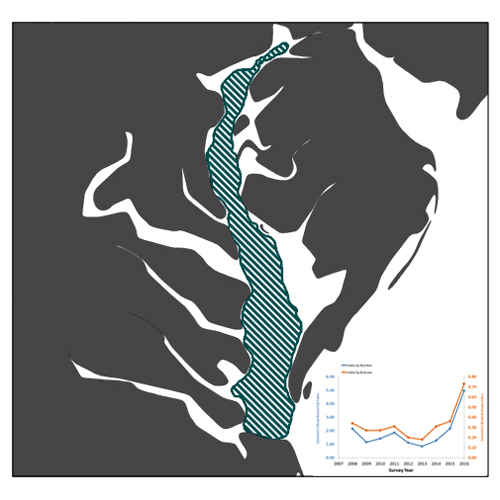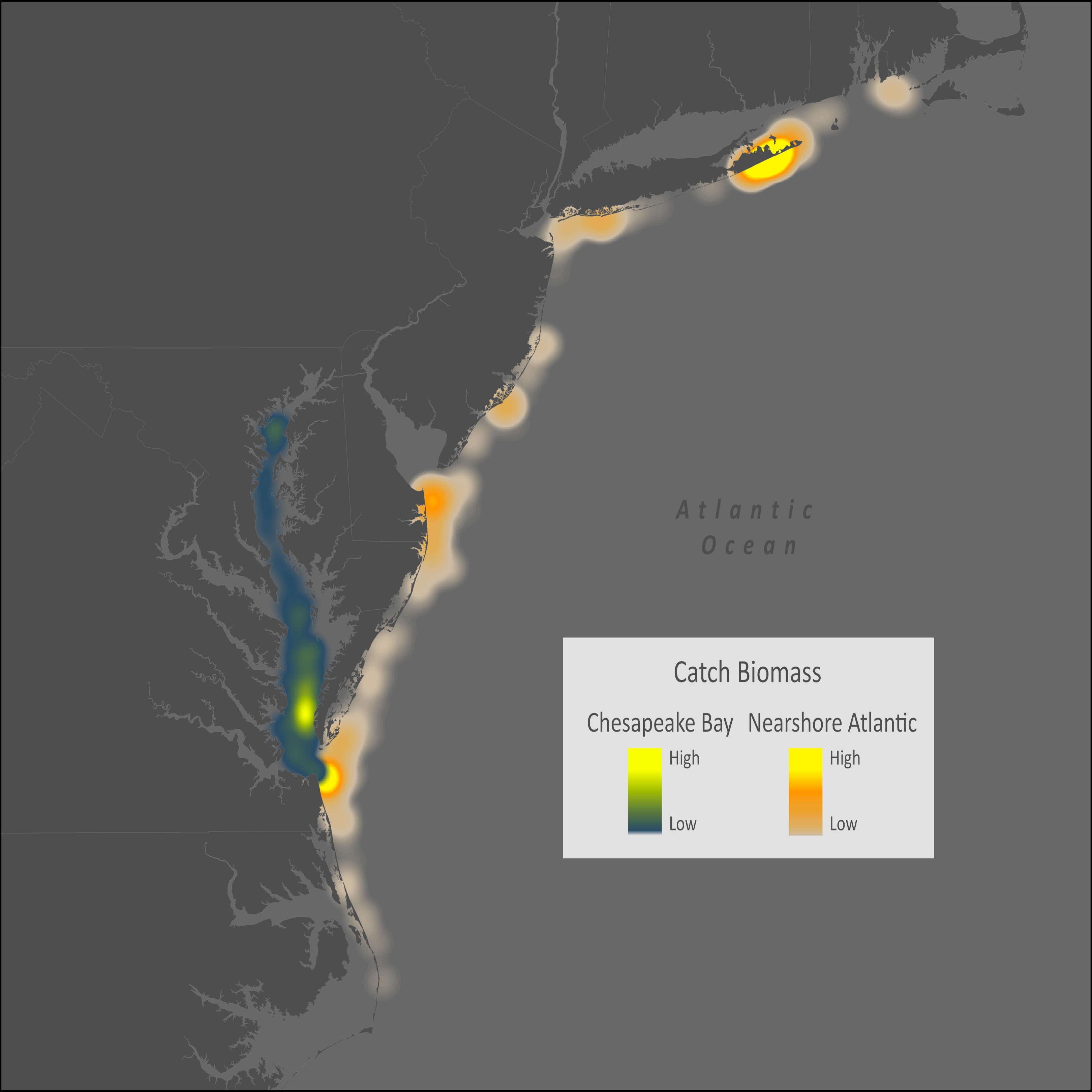Diagnostic characters:
Carapace more than twice as broad as long; 9 blunt to acuminate teeth (outer orbital tooth and strong lateral spine included) on arched anterolateral margin; front (excluding inner orbital angles)
bearing 2 obtuse to acuminate, broadly triangular teeth with often sinuous inner margins longer
than outer margins. Much of convex dorsal surface smooth, but scattered and transverse lines of fine granules; sculpture of regions near centre varying from low and smooth to rather sharply raised relief with crowded granules; pincers strong, dissimilar, and ridged longitudinally; fifth legs flattened in form of paddles. Males withT-shaped abdomen reaching level of thoracic sternite 4; slender first pleopods with membranous tip reaching beyond suture between thoracic sternites 4 and 5; sinuously curved, overlapping proximally and armed distally with a row of large and small retrogressive spinules (magnifying glass required). Colour: greyish, bluish, or brownish green of varying shades and tints dorsally on carapace and chelipeds; spines may have reddish tints, tubercles at articulations of legs orange, and legs varying blue and white with traces of red
or brownish green. Males with propodi of chelae blue on inner and white on outer surfaces, fingers blue on inner and white on outer surfaces and tipped with red. Mature females with organge fingers on chelae tipped with purple.Underparts off-white with tints of yellow and pink. Colour variations associated with sexual dimorphism and molt cycle are known.
|
Habitat, biology, and fisheries
A coastal crab inhabiting a variety of bottoms in fresh water, estuaries, and shallow marine waters usually down to 35 m, occasionally 90mdepth. Hatching occurs in mouths of estuaries and shallow marine waters, development of larvae progresses in the ocean, followed by migration of megalopae and young crabs back into estuarinewaters to mature into adults.Feeds on a variety of prey including oysters, clams, other bottom invertebrates, fishes, some vascular plant material and detritus, and carrion.
Of major interest to fisheries. Traditionally, however, the seat of this fishery is in Area 21 (mostly Chesapeake Bay). In Area 31 from 1984 to 1998, 750 449 t of blue crab were caught (mean capture production was 50 029 t/year).Caught with pots, trotlines, bottom trawls, fyke nets, dip nets, scrapes, and dredges. Marketed fresh.
|





